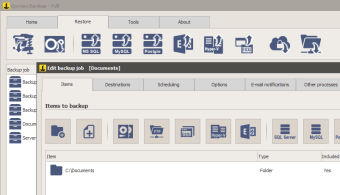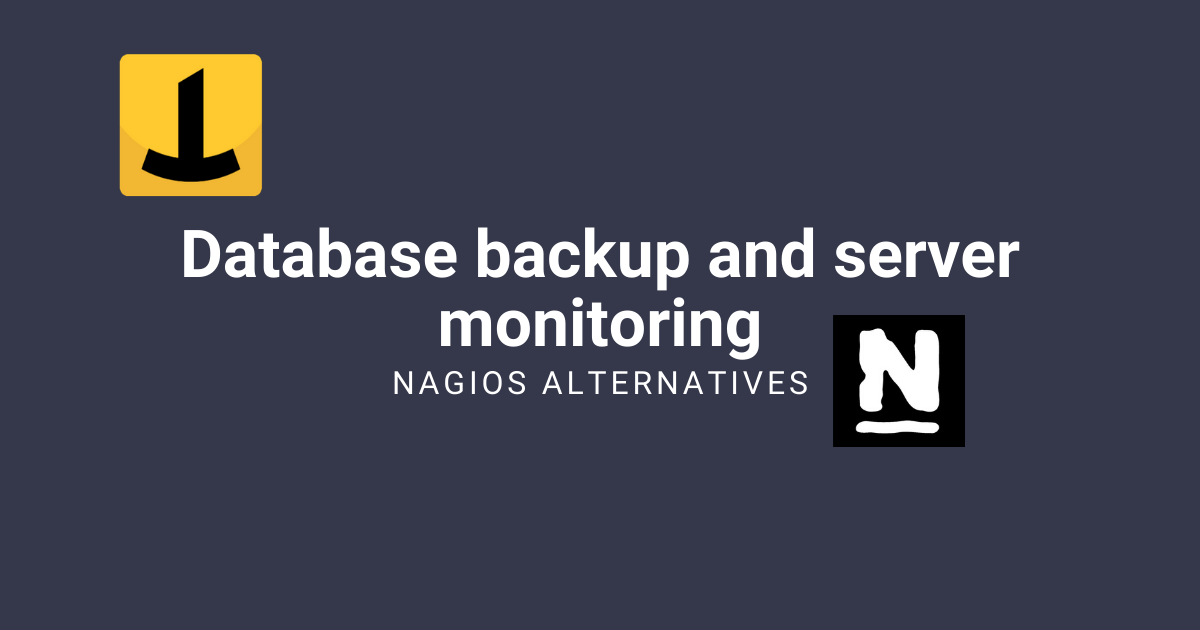

The configuration of Nagios is quite complex and requires a lot of patience, a lot of time, as well as a good deal of knowledge of both scripting and infrastructural languages. It must certainly be compared against the problem of complexity. For example MySQL commands like “mysqldump-secure” already contain the integration with the Nagios platform. For this, software such as Nagios are used.

The problem arises when information must then be centralized, aggregated and analyzed. System administrators, once configured “mysqldump” (ie the tool to export databases to text files containing all data and queries to restore the database itself), use command line software such as “Tail” and ” Grep “() to set up an efficient monitoring system. The operating architecture, typically Server2Server or Client2Server, consists of a Core software residing on a machine and multiple agents located on the network nodes).Ī specific case could be the monitoring of MySQL backups on Linux / Unix Server. Nagios is a complete monitoring system for networks and services. There are many complex tools for this purpose. For example, Nagios () or Monit. Whatever the tool to perform backups of your database farm, it is essential to check the actual execution, timing and statistics. This is the case, for example, of database backups. Complex IT infrastructures need centralized systems to monitor services and resources located on Servers and Clients.


 0 kommentar(er)
0 kommentar(er)
